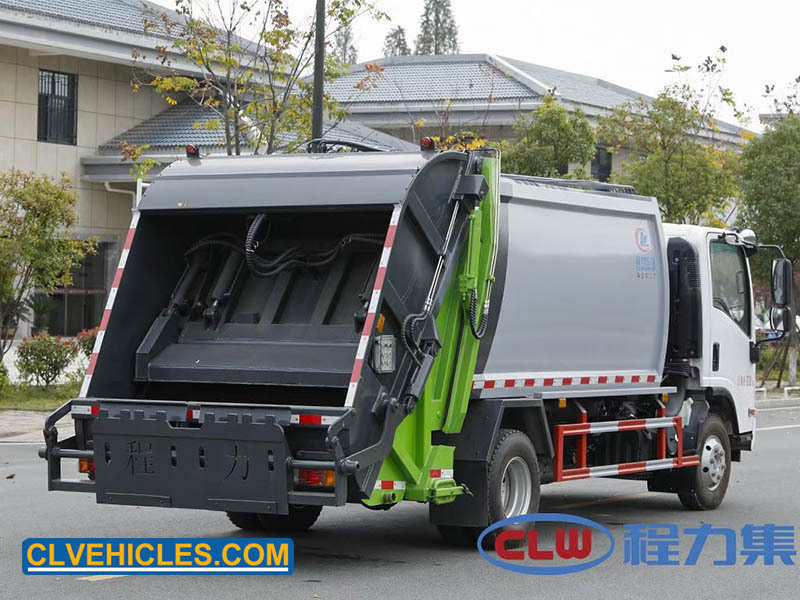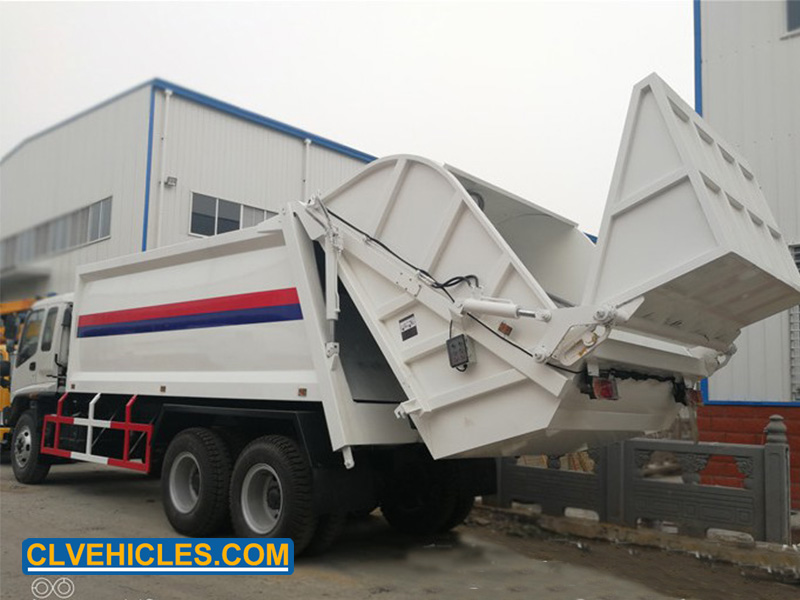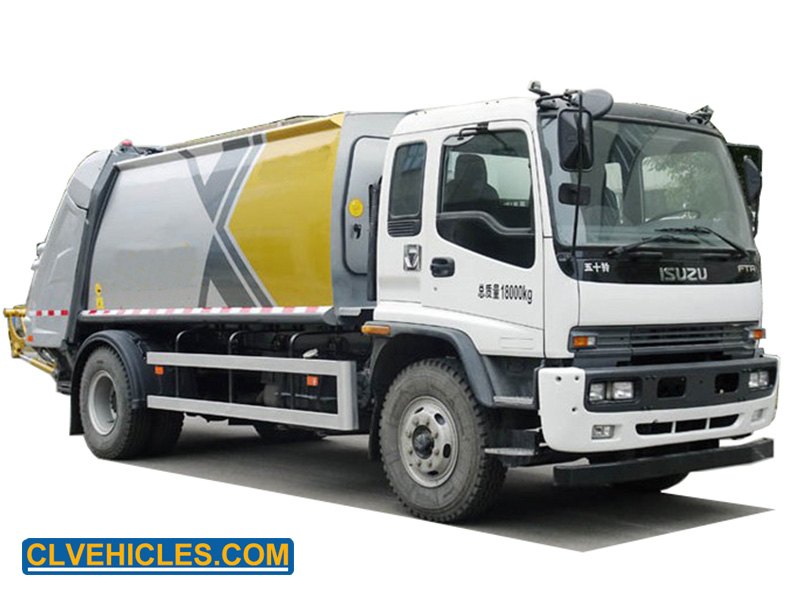The compression garbage truck has the characteristics of simple garbage collection method, high compression ratio, large loading capacity, automatic operation, good economy, double insurance system, and turning mechanism. These characteristics make the compression garbage truck become the leader among the special sanitation vehicles, so the hydraulic compression garbage truck is used very frequently in peacetime. Frequent use requires more maintenance by the user to avoid wear or overload of accessories, which will easily cause the function of the compressed garbage truck to decline in the long term, and it will age quickly.
1. The chassis and engine parts are maintained in accordance with the chassis manual of the relevant vehicle type.
2. Check the oil level of the hydraulic oil tank before working every day. Inspection method: pushing oil cylinder, scraper oil cylinder and sliding plate oil cylinder are in the fully retracted position, and the filler is closed. Observe that the height of the oil surface of the oil tank should be between the upper and lower limits of the oil standard. Insufficient oil must be refueled.
3. Under normal temperature conditions, the hydraulic system uses No. 46 anti-wear hydraulic oil, and in cold areas (below 0 degrees) uses No. 32 condensing hydraulic oil. Oils of different brands cannot be mixed together. When adding hydraulic oil to the oil tank, it must be filtered by an oil filter to ensure that the added hydraulic oil is clean and pollution-free.
4. The hydraulic oil and the filter element of the oil filter should be replaced after the new car is used for three months, and the hydraulic oil and the filter element should be cleaned every six months after use. The replacement procedure is as follows: When replacing the hydraulic oil, the blade cylinder, scraper cylinder, lift cylinder and slide cylinder are in fully retracted state, remove the oil drain plug of the hydraulic oil tank, and drain the remaining oil. Remove the coarse filter in the fuel tank, clean the coarse filter, the oil drain plug and the fuel tank. Reinstall it after cleaning or replacement, put in clean oil to within the range of the oil mark, and drain the air mixed in the pipeline. During the exhaust process, the engine can be started to run at idling speed, and the oil pump can be operated at a slow speed to exhaust. After the hydraulic oil is replaced, make the hydraulic system test run until it works normally. At the same time, check whether the fastening elements are loose and whether the seals are leaking. If any abnormalities are found, repair them in time.

5. The high-pressure hose should be replaced regularly every two years. If cracks, aging, partial damage or swelling are found, it should be replaced in time.
6. Frequently check the oil leakage of the hydraulic system, and repair and replace the oil seal in time.
7. The sliding board, dozer guide rail, and the lubricating grease of each rotating shaft should be maintained 1-2 times a week. The lubricating oil is calcium-based grease, which can be driven in from the grease nipple with a grease gun until it is squeezed out from the gap.
8. The oil cylinder works normally without oil leakage, and does not need to be disassembled and maintained. When oil leakage or serious internal leakage is found in the oil cylinder, disassemble and maintain it and replace the sealing ring.
9. Regularly check the working pressure of the hydraulic system. The pressure gauge of the hydraulic system of each car has a fixed value. The pressure on the pressure gauge near the multi-way valve is read through the pressure of the cylinder to determine whether the hydraulic system pressure meets the design pressure. If the working pressure of the hydraulic system is not consistent with the design pressure, the overflow valve on the multi-way valve should be adjusted to make the working pressure consistent with the design pressure. The pressure adjustment method of the hydraulic system is as follows:
(1) Loosen the lock nut of the overflow valve;
(2) Rotate the overflow valve adjusting screw to increase the pressure when rotating it clockwise, and decrease the pressure when rotating it counterclockwise;
(3) After the pressure is adjusted, tighten the overflow valve lock nut.
Get more self loading garbage truck from https://www.clvehicles.com.

10. Regularly check the set pressure of the pressure relay. The set pressure of the pressure relay should be 1Mpa less than the working pressure of the hydraulic system.

评论
发表评论